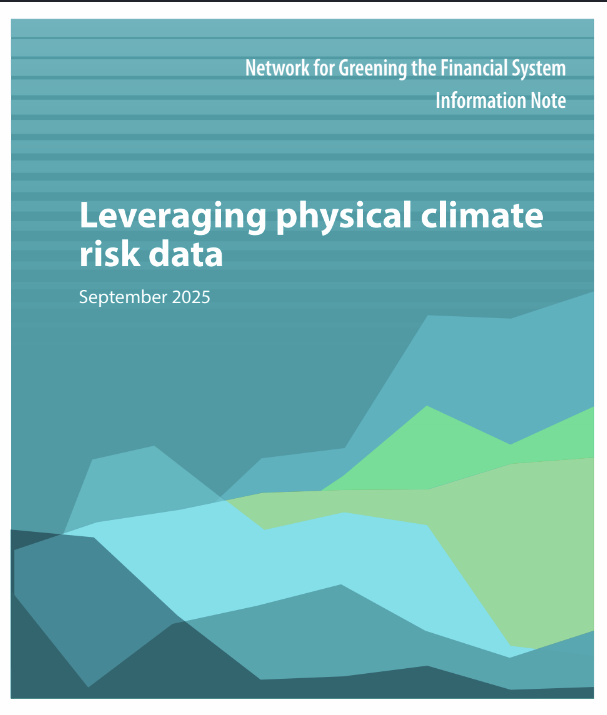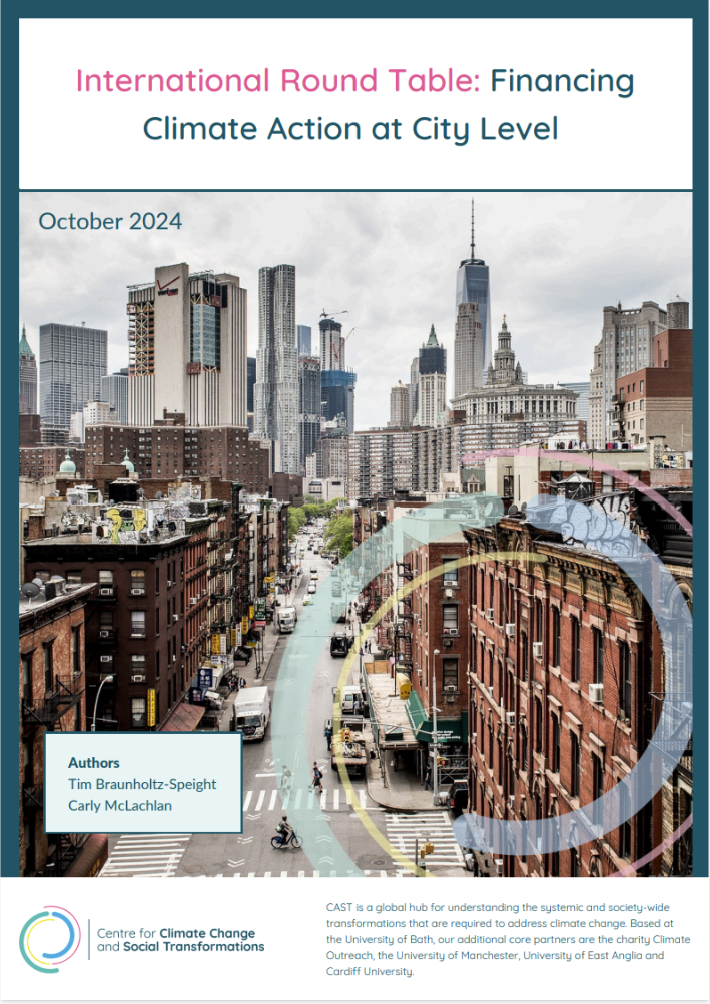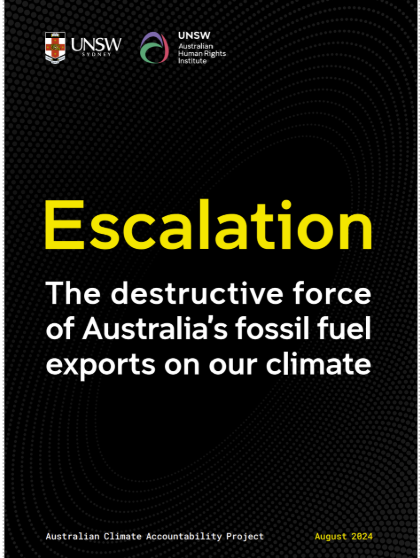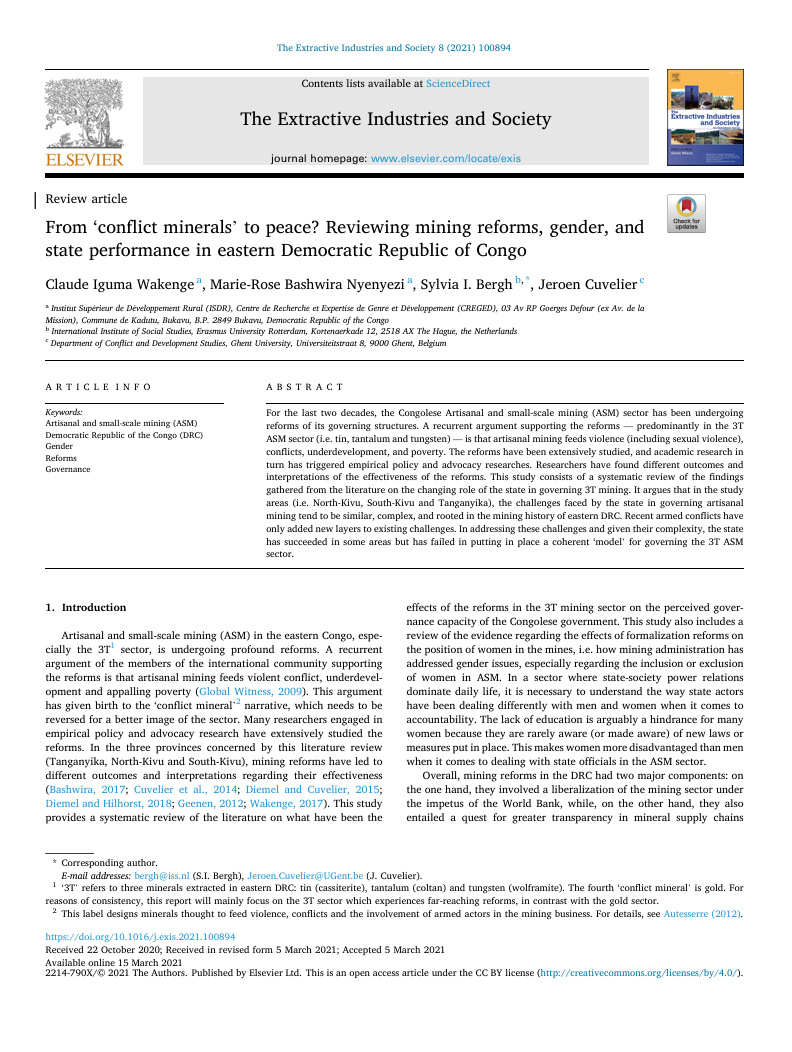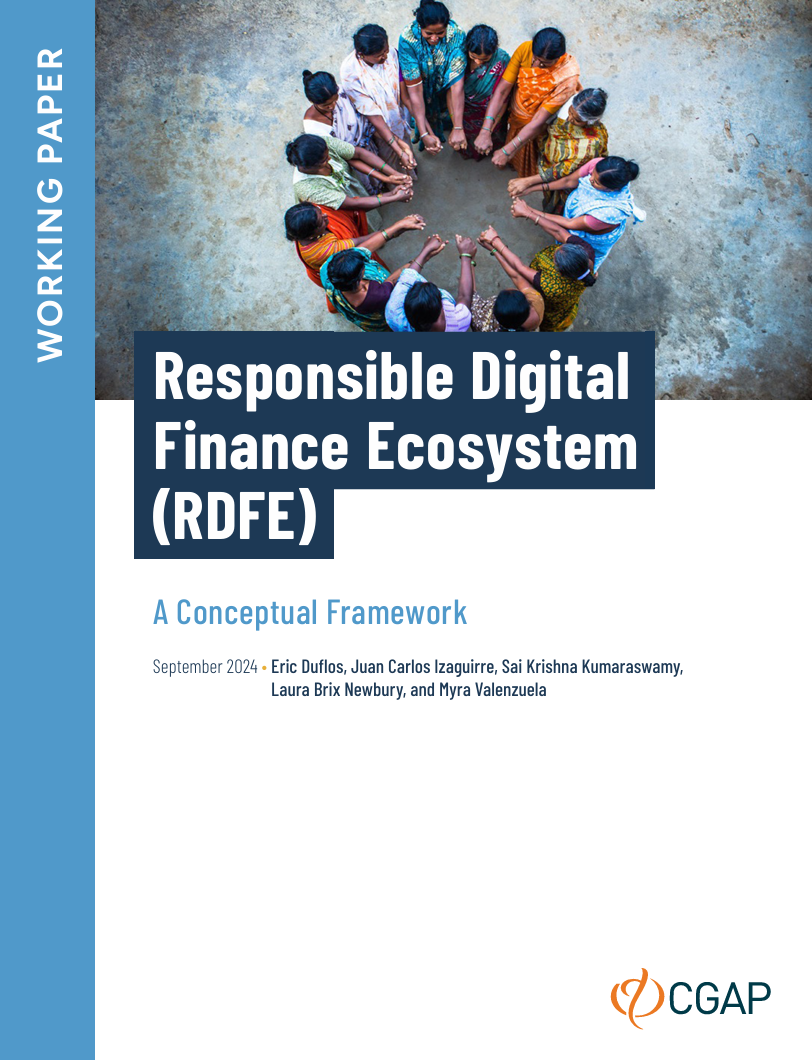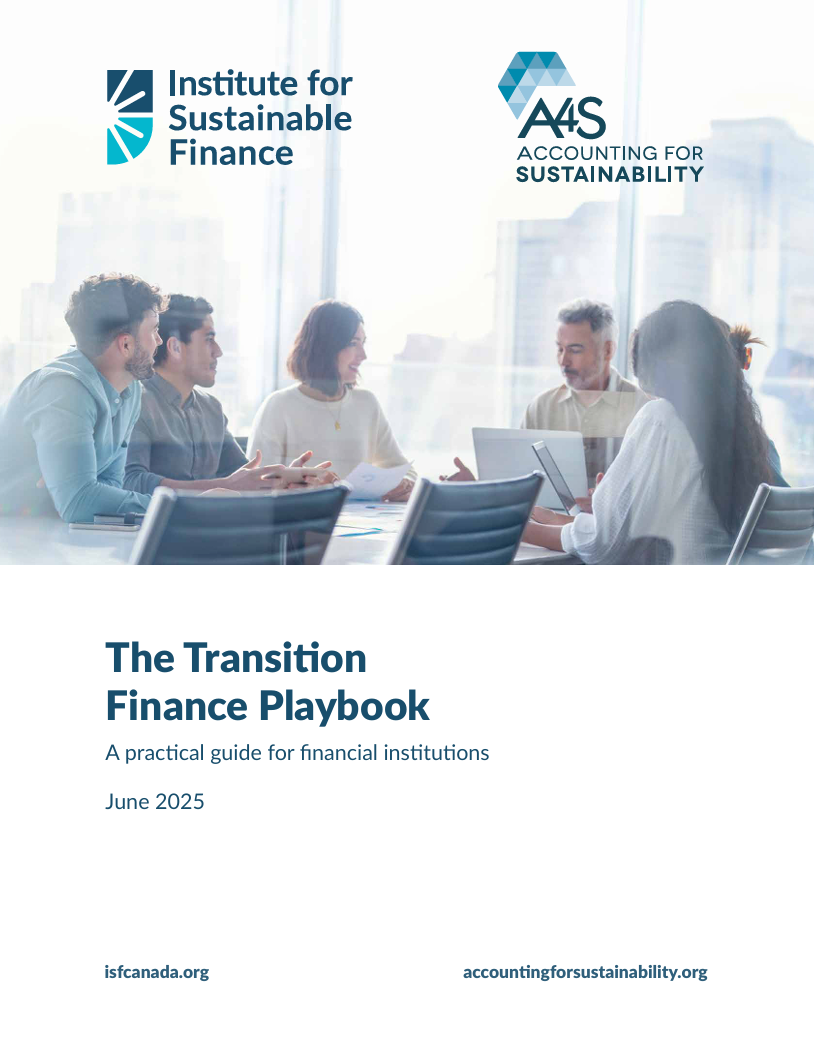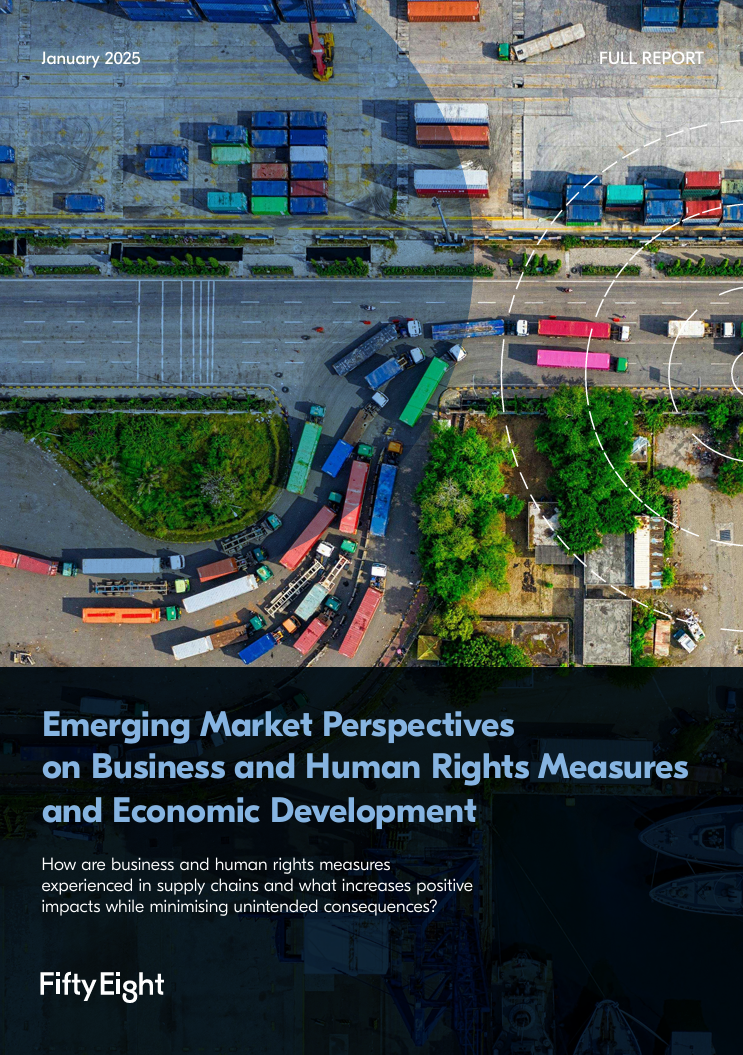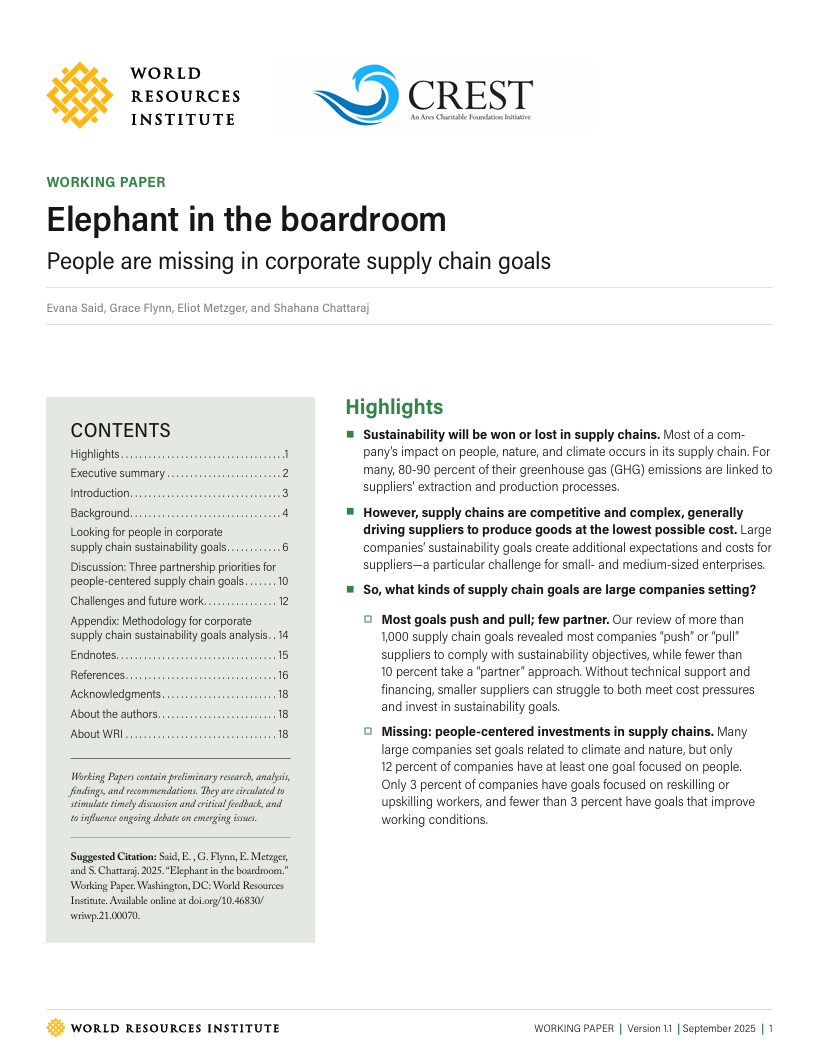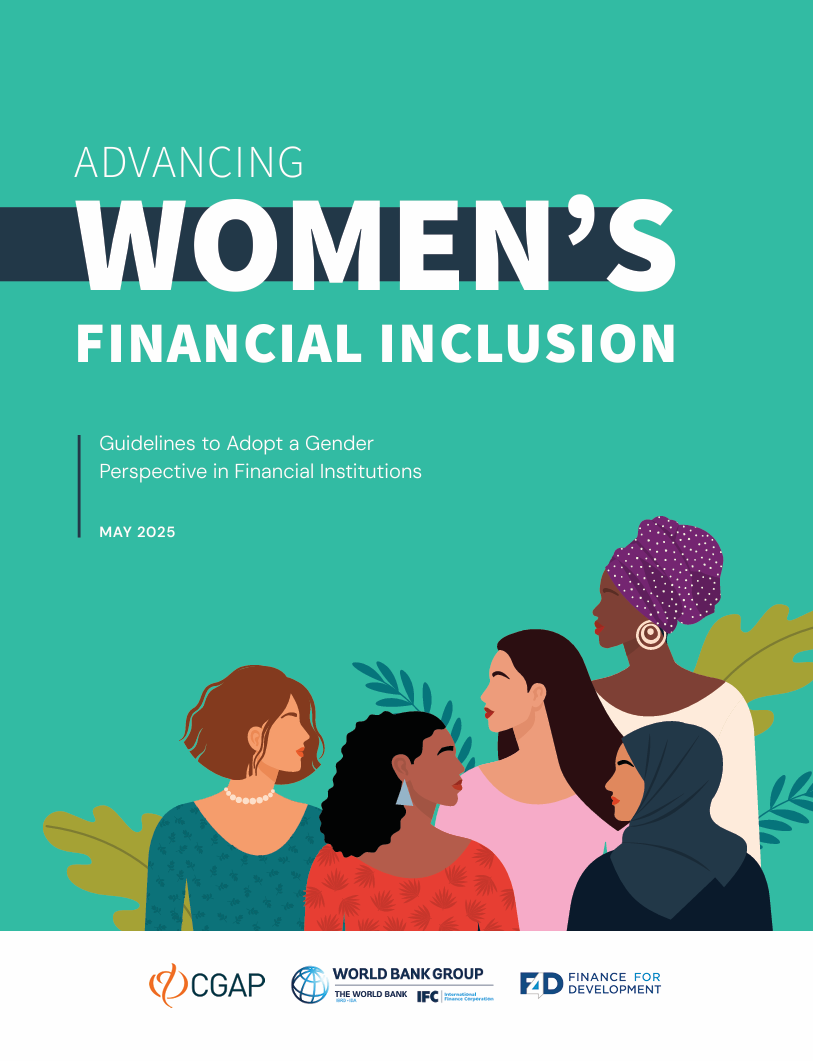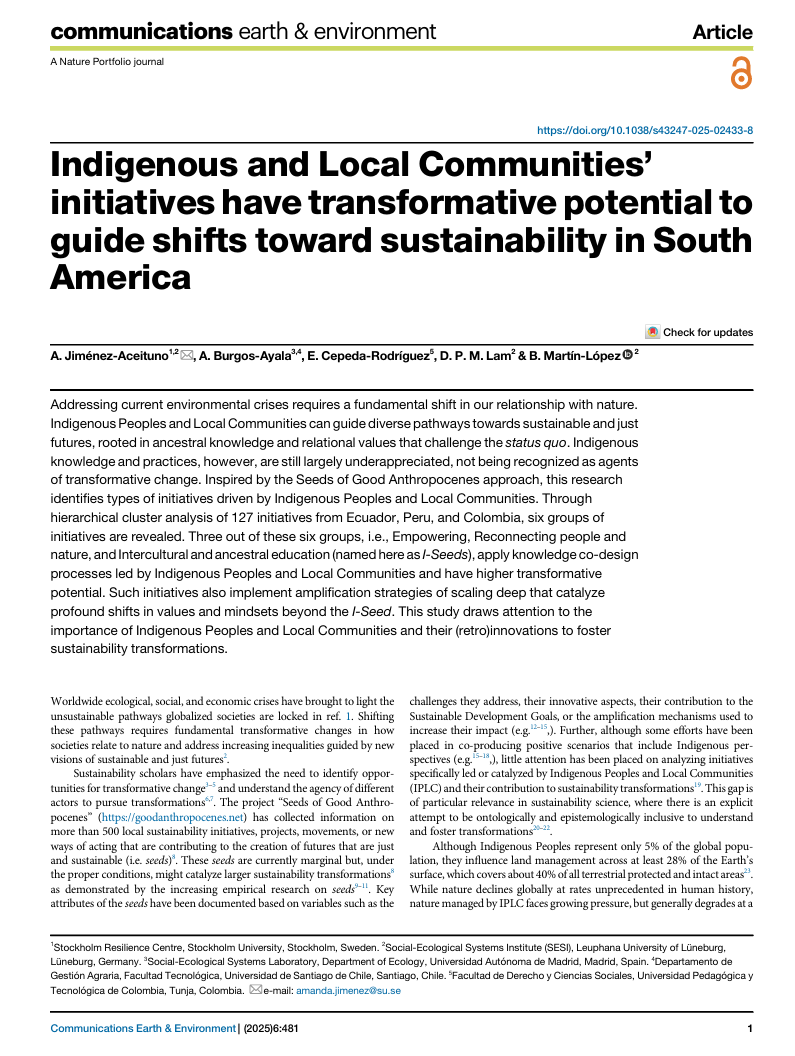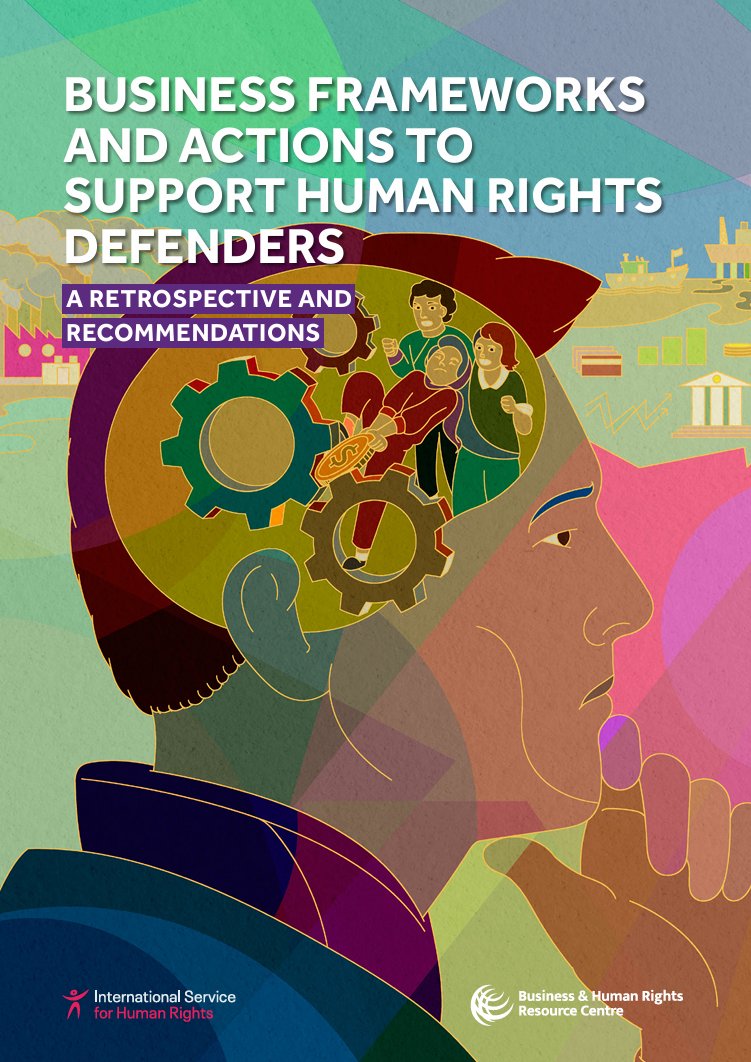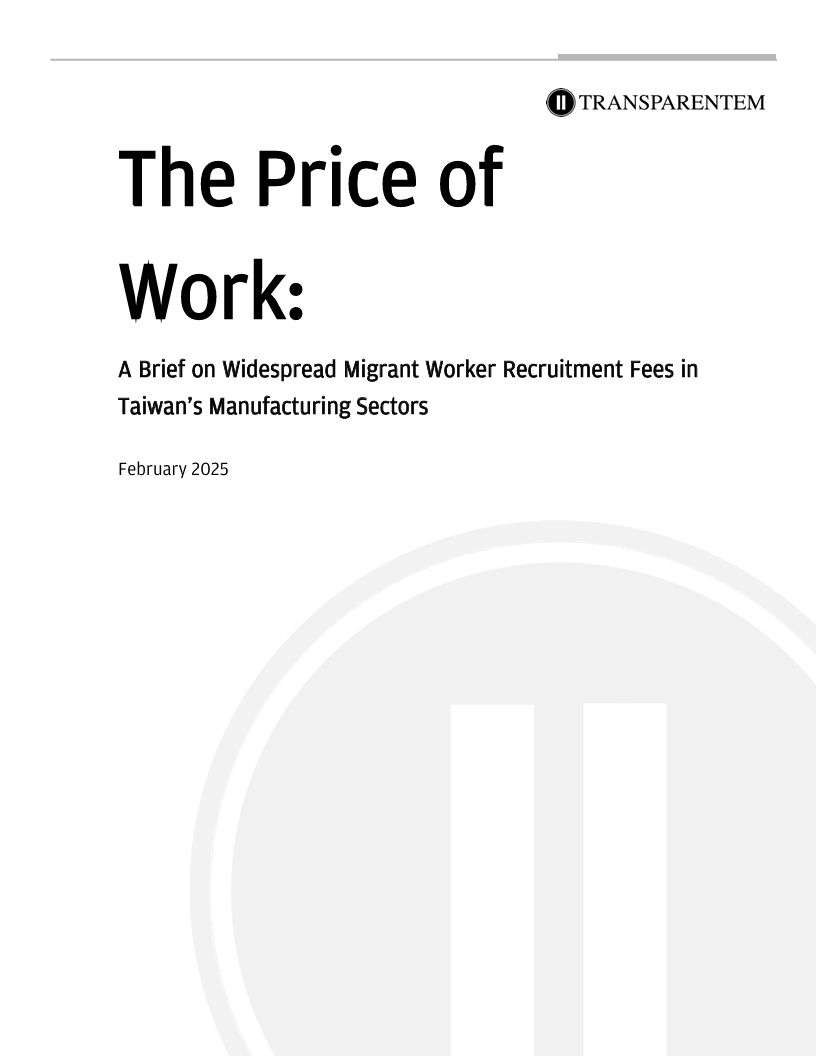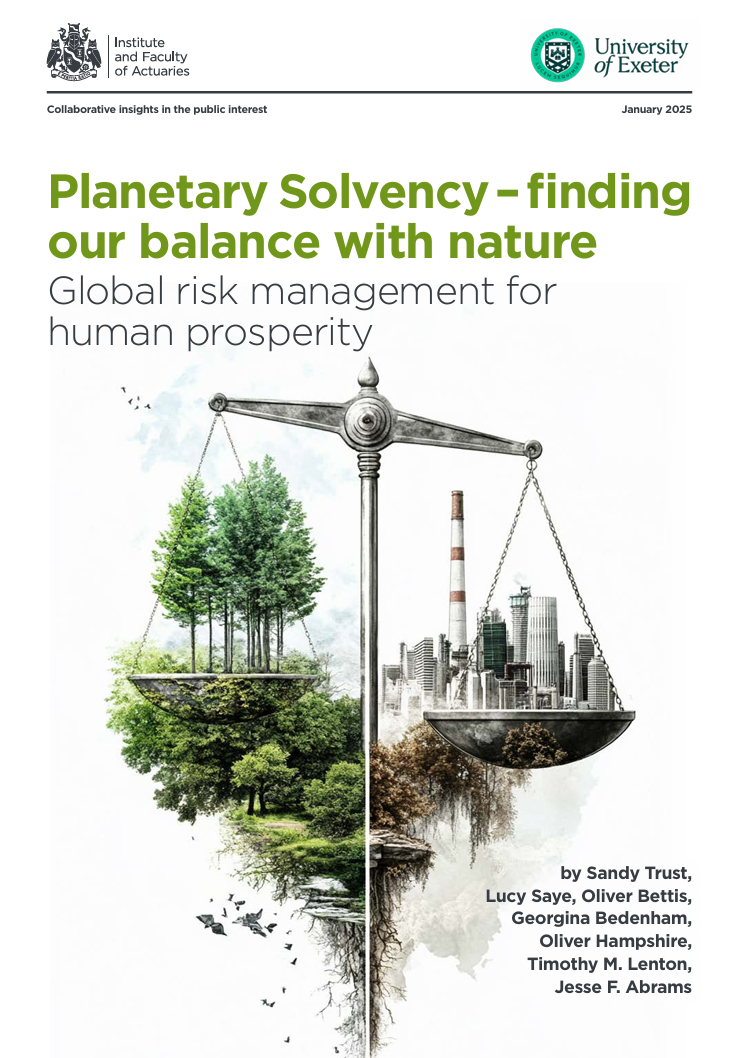Library | Tag
case studies
Refine
417 results
REFINE
SHOW: 16


Leveraging physical climate risk data
The report outlines data requirements for assessing physical climate risks, highlighting gaps in hazard, exposure, vulnerability, and adaptation information. It reviews emerging tools, stresses limitations in insurance and asset-level data, and recommends capacity building, collaboration, and improved data systems to enhance financial sector climate-risk analysis.
Preparing for next-generation information warfare with generative AI
The report analyses how generative AI reshapes information warfare by enabling scalable manipulation, behavioural influence and dual-use knowledge diffusion. It highlights heightened risks to civilians, military operations and international law, stressing gaps in protection and the need for anticipatory, whole-of-society resilience strategies.
International round table: Financing climate action at city level
This report synthesises discussions from an international round table on financing city-level climate action, highlighting how local governments overcome fiscal constraints through tailored funding scales, partnerships, innovative revenue mechanisms, and long-term approaches to deliver major decarbonisation programmes across Europe and North America.
Good practice case studies in scope 3 data collection
The report presents practical case studies on Scope 3 data collection, covering supplier, upstream, downstream and employee engagement. It outlines hybrid methodologies, use of primary and spend-based data, and emphasises collaboration, pragmatism and incremental improvement to support credible emissions measurement and reduction.
Escalation: The destructive force of Australia's fossil fuel exports on our climate
The report finds Australia’s fossil fuel exports significantly escalate global warming and domestic climate risks. It highlights missing policy restrictions, growing harms to people and systems, and urges an orderly, cooperative and just phase-out with regulatory reforms and international engagement.
Creating value from big data in the investment management process: A workflow analysis
The report analyses how investment professionals use AI and big data, noting moderate but rising adoption, multihoming across tools, and key challenges including skills gaps, data quality, and model opacity. It highlights organisational priorities such as upskilling and workflow automation to enhance efficiency and decision making.
From ‘conflict minerals’ to peace? reviewing mining reforms, gender, and state performance in eastern Democratic Republic of Congo
The review assesses how 3T mining reforms in eastern DRC affected state governance and gender inclusion. Findings show mixed results: limited improvements in demarcation, revenue collection and oversight, persistent armed interference, weak accountability, elite-captured cooperatives, and ongoing marginalisation of women.
Responsible Digital Finance Ecosystem (RDFE): A conceptual framework
The report outlines a framework for a Responsible Digital Finance Ecosystem, urging holistic, collaborative consumer protection amid rising digital finance risks. It defines ecosystem actors and four pillars—customer centricity, collaboration, capability, and commitment—to strengthen regulation, improve outcomes, and reduce harms in rapidly evolving digital financial services.
The transition finance playbook: A practical guide for financial institutions
A practical guide outlining how financial institutions can scale transition finance through governance, eligibility criteria, portfolio segmentation, due-diligence enhancements and engagement. It highlights Canadian market context, barriers, and actionable “top tips” to support credible decarbonisation, stewardship and collaboration across the financial system.
Emerging market perspectives on business and human rights measures and economic development
The report examines how business and human rights measures affect emerging-market suppliers, highlighting benefits such as market access and worker protections, alongside major compliance burdens and unintended consequences. It recommends bottom-up design, fairer contracting, capacity support and collaborative implementation to improve outcomes.
Elephant in the boardroom: People are missing in corporate supply chain goals
The report finds large companies emphasise environmental supply chain goals while rarely investing in people. Only 12% set worker-focused targets, and few pursue partnership-based approaches. It argues SMEs lack capacity to meet rising expectations and calls for people-centred, collaborative investment to support equitable supply chain transitions.
Advancing women’s financial inclusion: Guidelines to adopt a gender perspective in financial institutions
The report outlines guidelines for financial institutions to integrate gender perspectives across governance, management, staffing, communications, and product design. It promotes data-driven policies, bias reduction, inclusive culture, tailored financial solutions for women, and strategic partnerships to enhance women’s financial inclusion and strengthen institutional performance.
Indigenous and local communities’ initiatives have transformative potential to guide shifts toward sustainability in South America
The study examines 127 Indigenous and local community initiatives in Ecuador, Peru and Colombia, identifying three clusters with strong transformative potential. These initiatives use co-designed knowledge and relational values to advance cultural and ecological stewardship, demonstrating significant capacity to influence sustainable, just development pathways.
Business frameworks and actions to support human rights defenders: A retrospective and recommendations
The report reviews how businesses can better respect and support human rights defenders by strengthening policies, due diligence, and accountability. It outlines emerging frameworks, examples of company action, implementation challenges, and recommendations for companies, investors, multistakeholder initiatives, and States to safeguard civic freedoms and address risks linked to business activities.
The price of work: A brief on widespread migrant worker recruitment fees in Taiwan’s manufacturing sectors
The report outlines evidence of high recruitment fees and related labour abuses faced by migrant workers in Taiwan’s manufacturing sectors. It summarises interviews, company responses, and emerging remediation efforts, highlighting ongoing risks of debt bondage and recommending that buyers adopt and enforce no-fee recruitment policies across their supply chains.
Planetary solvency – finding our balance with nature
This report outlines how climate and nature risks threaten the Earth system that underpins economies and societies. It proposes a Planetary Solvency framework, using risk-led assessment principles to inform policymakers of escalating systemic risks, tipping points and mitigation needs, emphasising the urgency of realistic global risk management to avoid severe disruption.
